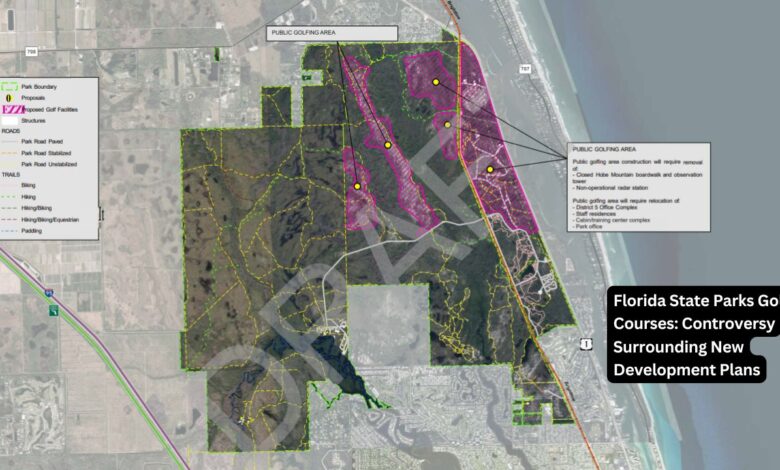Florida State Parks Golf Courses: Controversy Surrounding New Development Plans

A recent proposal to develop golf courses within Florida’s state parks has sparked significant debate, particularly among GOP lawmakers who are voicing strong opposition. According to a report from Tallahassee.com, the plan, which has been met with both support and criticism, raises important questions about the future of Florida’s state parks and the balance between conservation and recreation.
The Proposal: Golf Courses in State Parks
The controversial plan involves constructing golf courses within several of Florida’s state parks, a move that proponents argue would boost tourism and provide new recreational opportunities for residents and visitors alike. Supporters of the project believe that integrating golf courses into state parks could enhance the state’s appeal as a tourist destination, potentially bringing in additional revenue that could be used to maintain and improve park facilities.
However, this proposal has not been without its critics. Opponents, including a number of GOP lawmakers, argue that the introduction of golf courses could lead to the commercialization of state parks, potentially compromising their natural beauty and ecological integrity. The debate has brought to the forefront the ongoing struggle to balance economic development with environmental preservation in Florida.
GOP Lawmakers’ Opposition
The opposition from Florida GOP lawmakers has been particularly vocal, with many expressing concerns about the impact of golf course development on the state’s natural resources. They argue that state parks should prioritize conservation and the protection of Florida’s unique ecosystems over commercial ventures like golf courses. For these lawmakers, the idea of altering the landscape of state parks to accommodate golf courses is seen as a step too far.
Critics also point to the potential environmental impact of golf courses, which often require significant water usage, maintenance, and pesticide application—factors that could negatively affect the surrounding habitats. The introduction of such facilities could disrupt wildlife and lead to long-term environmental consequences that outweigh the potential economic benefits.
Balancing Conservation and Recreation
The controversy surrounding the proposal highlights the broader challenge of balancing conservation efforts with recreational development in Florida’s state parks. While state parks are valued for their natural beauty and biodiversity, they are also important recreational spaces for residents and tourists. Finding a way to accommodate both interests without compromising the integrity of these protected areas is a delicate task.
Proponents of the golf course plan argue that, with careful planning and sustainable practices, it is possible to develop these facilities in a way that minimizes environmental impact. They suggest that golf courses could be designed to coexist with natural landscapes, potentially even incorporating native vegetation and environmentally friendly practices to reduce their ecological footprint.
The Future of Florida’s State Parks
As the debate over the proposed golf courses continues, it remains to be seen how Florida’s state parks will evolve. The decision will likely hinge on whether the state can find a balance between enhancing recreational opportunities and preserving the natural environments that make these parks so valuable.
For now, the controversy serves as a reminder of the complex and often contentious relationship between development and conservation. As Florida continues to grow and attract more visitors, the pressure on state parks to serve multiple functions will only increase, making the decisions made today all the more critical for the future of these natural spaces.
Conclusion: A Controversial Proposal
The proposal to build golf courses in Florida’s state parks has ignited a heated debate about the future of these cherished natural areas. With strong opinions on both sides, the outcome of this controversy will likely have lasting implications for how Florida balances conservation with the demands of a growing population and tourism industry.
As discussions continue, it is clear that any decision will need to carefully consider the long-term impacts on the environment, the state’s economy, and the enjoyment of Florida’s state parks by future generations.




